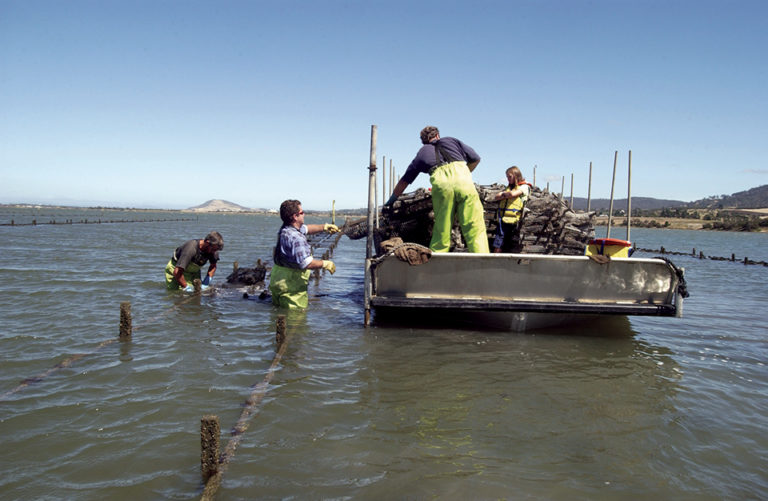
Health & Welfare
Pacific oyster selective breeding in Australia
A partnership between CSIRO and the Australian seafood industry has significantly improved the selective breeding of Australian Pacific oysters.
Responsibility
Greater knowledge of fouling organisms and their settlement can help lead to greater effectiveness for cage net-cleaning machines. If cleaning is done regularly at certain times of the year, biofouling may be easier to remove or kept from settling on nets.

Health & Welfare
A partnership between CSIRO and the Australian seafood industry has significantly improved the selective breeding of Australian Pacific oysters.
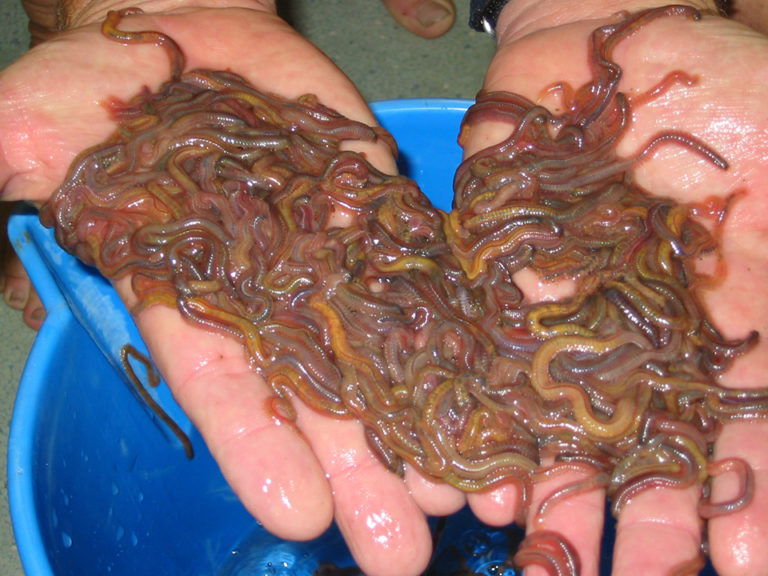
Responsibility
A practical way to treat mariculture effluents combines the physical attributes of a sand filter and the biological properties of hungry marine sand worms.
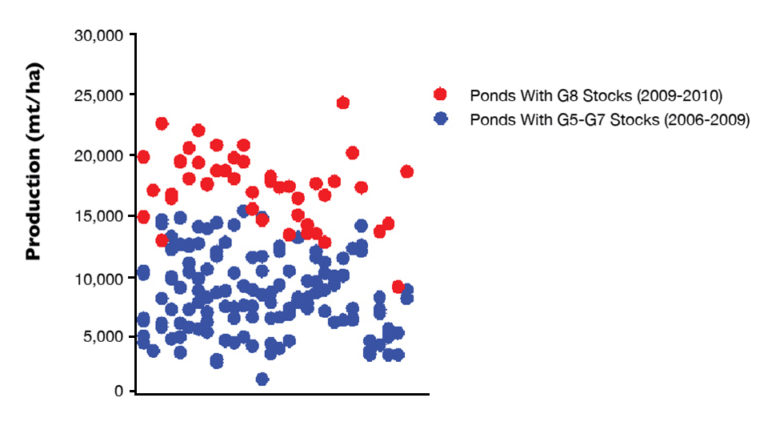
Health & Welfare
Traditionally, Australian farmers relied on wild broodstock to source black tiger shrimp larvae, but substantial progress has been made in the domestication and selective breeding of Australian P. monodon.
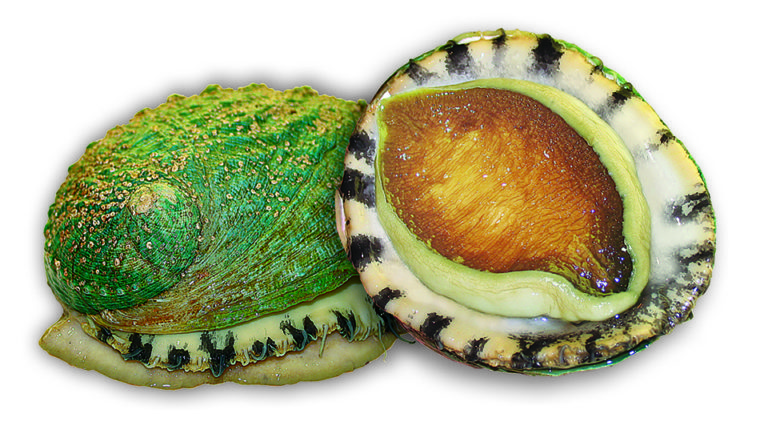
Health & Welfare
Collaborative work at Great Southern Waters has established a closed, genetically diverse breeding population of hybrid abalone. The breeding strategy is to produce and improve commercial stocks with the required hybrid traits by understanding the inheritance of those traits in the pure species and the hybrids.
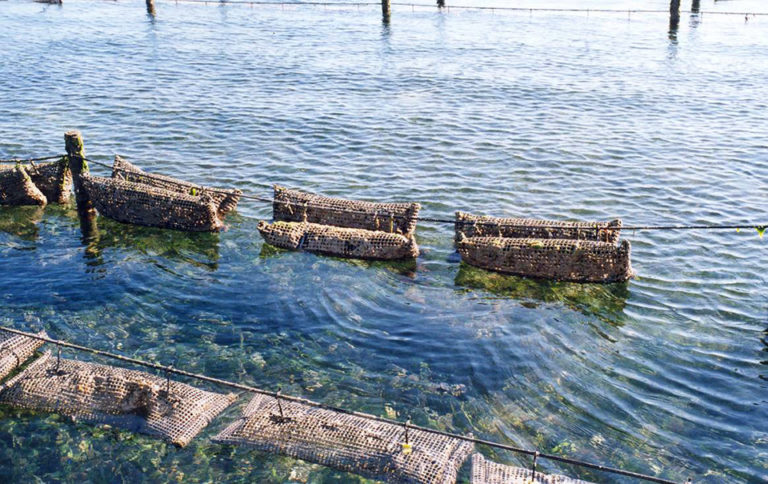
Health & Welfare
In recent decades, mass summer mortality in oyster aquaculture has become widespread, with 50 percent of crops lost in a given year. Losses are often associated with spawning, which is normally seasonal but highly temperature-dependent.

Intelligence
From recirculation units, earthen ponds and sea pens in Australia, barramundi are spreading to other continents due to the advent of sophisticated modular culture systems.

Health & Welfare
Australia’s prawn industry has encountered its first scare over white spot syndrome virus (WSSV) following positive test results in the northern territories.
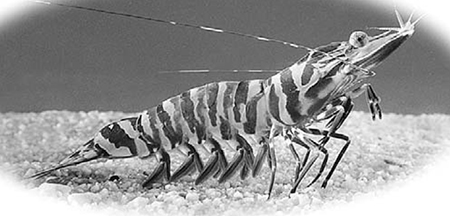
Intelligence
Australia has a diverse and abundant fauna of local shrimp but only P. monodon, P. japonicus and P. merguiensis are farmed there.
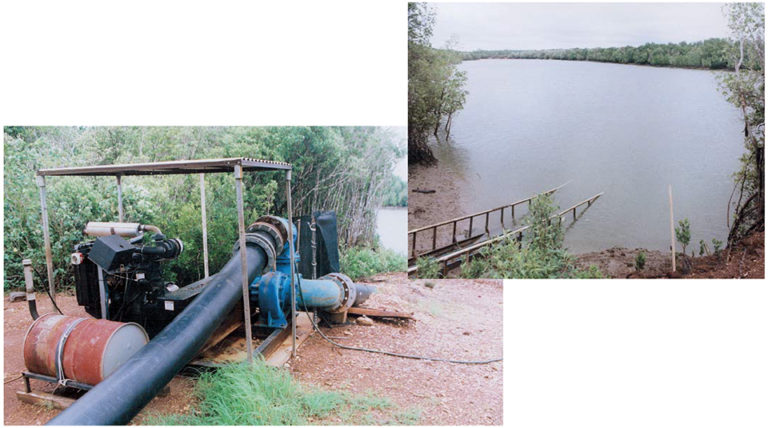
Responsibility
Family shrimp farms are common in Southeast Asia, where costs of living are low and revenue from one or two small ponds can support a family.
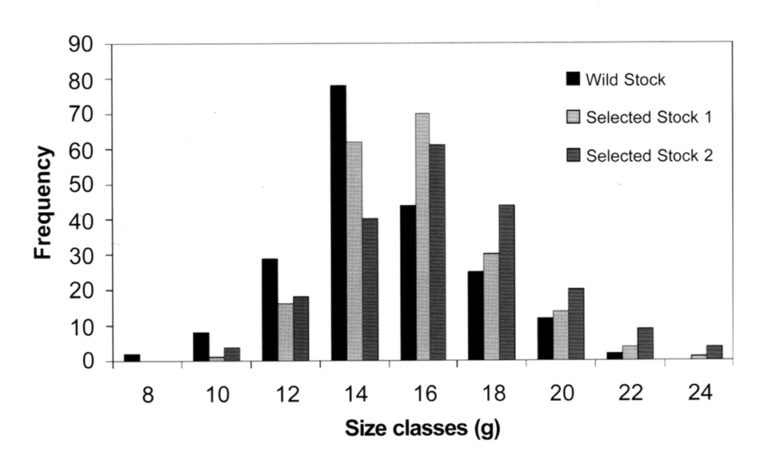
Intelligence
The domestication and genetic improvement of farmed prawns has been slow compared to that of some other aquatic species and most terrestrial livestock.